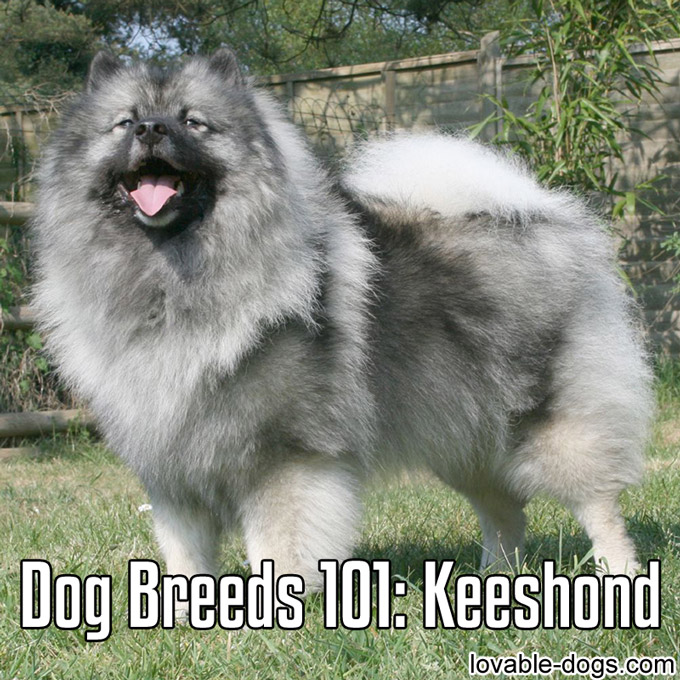
Photo – Wikipedia – lic. under CC 2.0
The Keeshond (pronounced as kayz-hawnd) is an excellent family companion and a great watchdog. It has all the qualities of the perfect house pet: loving, playful, attentive, adventurous and a fast learner. The Keeshond has a fox-like face, a richly plumed tail, small pointed ears and an intelligent expression. The coat is thick, dense and somewhat stands off and the color is always a mixture of black, gray and cream. The breed has an average life span of 12 to 14 years and is prone to minor health issues such as hip dysplasia, patellar luxation, epilepsy and various skin problems. [1][2]
The breed was named after Cornelis de Gyselaer, a Dutch patriot and leader of the rebellion against the House of Orange. ‘Keeshond’ is a compound word: “Kees” is Cornelis’ nickname and “hond” is the Dutch word for dog. The breed became the rebellion’s symbol but when they lost to the House of Orange, the dogs fell into disfavor due to their association with the rebels. The breed’s popularity continued to decline until Baroness van Hardenbroek started to take steps in preserving the breed in 1920. After 10 years of careful and regulated breeding, the breed’s numbers started to rise and the Dutch Keeshond Club was established. Today, it is still considered to be a rare breed but it is named to be Holland’s National Dog. [3][4]
These dogs are very playful and are quick learners. They are excellent competitors in obedience and agility trials and they can even be trained to serve as guide dogs for the blind. However, due to their small size they are not always chosen to do this job. They prefer to be close to their owners as much as possible and enjoy a good chase and run around the yard. [4]

